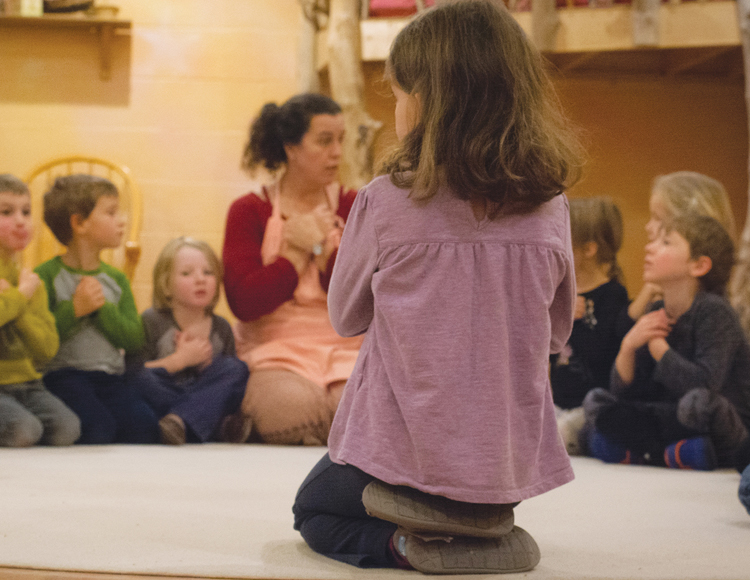Waldorf kindergarten teachers use the grade one readiness assessment to determine whether a child has reached developmental milestones, can accomplish the major associated tasks, and is ready for the expectations of a grade one class. This is not an assessment of academics, but rather of the physical, social, and emotional behaviour that will support successful learning.
While it’s true that “You’re never too old to learn new tricks,” it is also true that you can be too young to learn new things. In fact, many child development experts confirm that too much, too early, does not give children a head start, and may even do harm. Children learn naturally. Hand in hand with learning comes readiness, and readiness is an individual matter.
Developmentally appropriate education is at the core of Waldorf education, and the age at which children begin grade school has implications and consequences, not only in first grade, but throughout their education. Discerning a child’s readiness to begin grade school is an important responsibility for both educators and parents.
The assessments are conducted in a playful, imaginative way and are intended to observe where the children are developmentally. There is no “score” that indicates readiness, and most children do not show full readiness in all areas. The human being is always in a developmental process, always becoming. Educators strive to see whether the collective picture of the child appears consolidated enough that the evident strengths will carry the child forward.
Readiness Assessments will be conducted by the kindergarten teacher in late winter, and the results presented to parents in March. If the teachers see a significant change in a child a second assessment may be done in May. This editorial by Dr. Susan Johnson may help to give more insight into the process and why it is important.
*parts of this blog are excerpted from “Help Your Child by Getting the Timing Right” by Alicia Benoit-Clark

